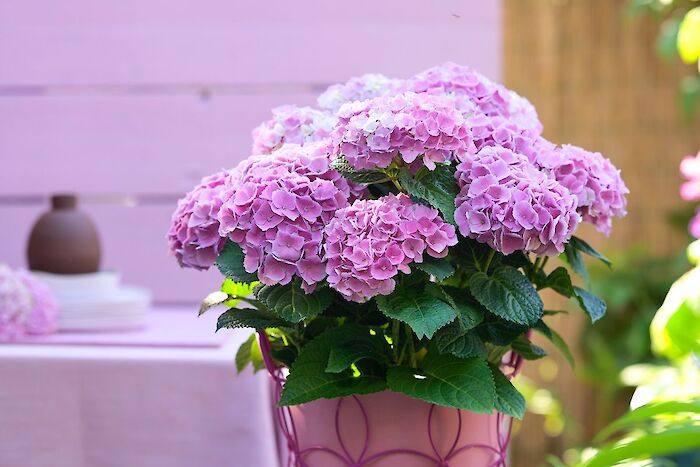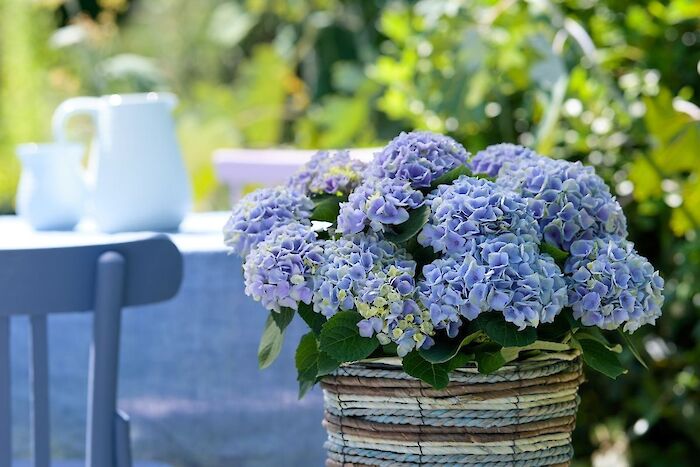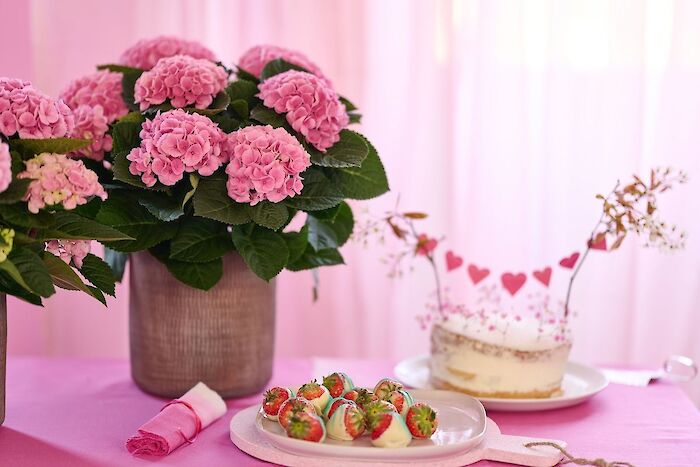Garden hydrangea
Do I need to prune my Magical garden hydrangea?
Pruning Pitfalls: Don’t Snip Away Your Blooms!
Pruning can be a powerful tool—or a blooming disaster. One of gardeners' most common mistakes is pruning at the wrong time, leading to a heartbreaking lack of flowers.
Some hydrangeas, like the beloved bigleaf varieties, bloom on old wood, forming their flower buds during the previous growing season. If you prune these beauties in late fall, winter, or early spring, you might unknowingly cut off the very buds that would have dazzled your garden come summer. The result? A season of silence where there should have been a symphony of color.
Even hydrangeas that bloom on new wood aren’t immune. Pruning them too late in winter or early spring can delay their blooming, as the plant needs time to grow fresh stems and set new buds.
The fix? Know your hydrangea type and prune with purpose. With the right timing, your hydrangeas will reward you with a spectacular floral show! How do you know which type of bloomer you have? We have developed this handy Hydrangea Blooming Guide below.
The Magical Hydrangea Blooming Guide
These varieties flower on Old Wood:
What exactly does old wood mean? This means the flower buds are formed at the end of the stems of last season's growth. This makes them very susceptible to a frost or damage in colder areas. These varieties are best in zones 7 and higher and can also be used as porch, patio and gift plants in any climate.
Magical® Amethyst
Magical® Opal
These varieties flower on New & Old Wood:
What does new wood mean? This means the buds form underground in late summer and will emerge in the following summer as flowers. In zones 6 and colder, hydrangeas can die back to the ground like a perennial, especially after a colder-than-typical winter. If this happens, and you have a variety that flowers on both old and new wood, you will get the second set of flowers, albeit a little later in the season, because those flower buds were formed underground in late summer and will rise with the new growth during the spring and summer months. It's like hydrangea insurance for those colder winters.
Magical® Elizabeth Ashley
Magical® Greenfire
Magical® Revolution
Magical® Verdigris
Frosty Setbacks: When Spring (or Fall) Takes a Chilly Turn - what can I do to protect the buds?
Just when your hydrangeas start to stretch and yawn into spring, a late-season frost can swoop in like an uninvited guest at a garden party. A sudden dip in temperature can damage tender new growth, leaving your plant looking wilted, discolored, and defeated. But don’t despair—your hydrangea isn’t done yet!
Here’s what to do: Once the danger of frost has passed and warmer days return, grab your sterilized pruning shears and trim back the frost-damaged stems. Make clean cuts down to healthy, green growth. With a little care, your hydrangea can bounce back and bloom beautifully in the same season.
Late-season frosts are bad for plants that flower on old wood, but an early frost in the fall can also be a setback for plants that flower on new wood. Growing hydrangeas is not for the faint of heart, but no worries - we've got you covered with what to do.
To prevent damage from early frost in the fall, ensure you have a good layer of organic mulch around the base and root zone of the plants. Should an "early" frost happen, the newly formed buds underground can be damaged by cold temperatures. The newly formed buds should harden off by winter, so there is no danger then, but the late fall months can be a little tenuous. Ensure you've got that thick layer of mulch for extra protection.



